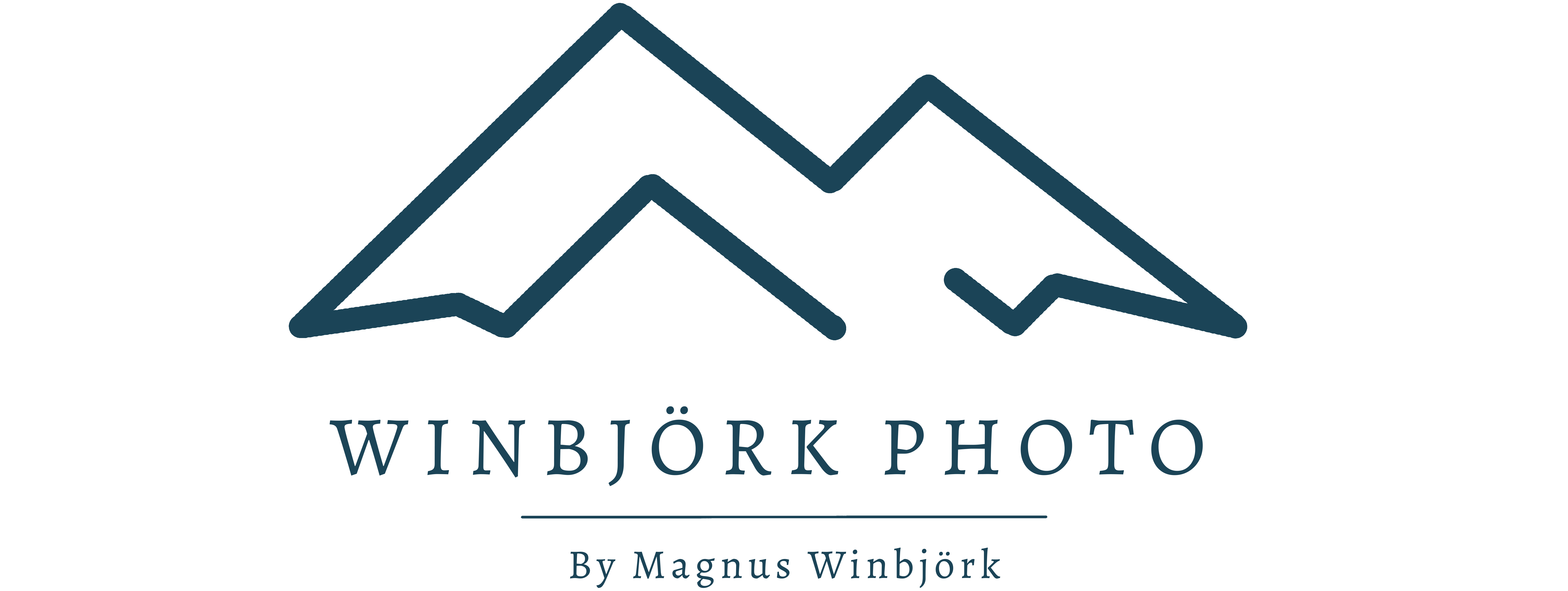What focal length and what optics should I buy to photograph wildlife? Which is the best? It’s one of the most common questions I get, so I will try to explain a bit about how I think about this and hopefully I can help and guide you in the search for the best optics for wildlife.
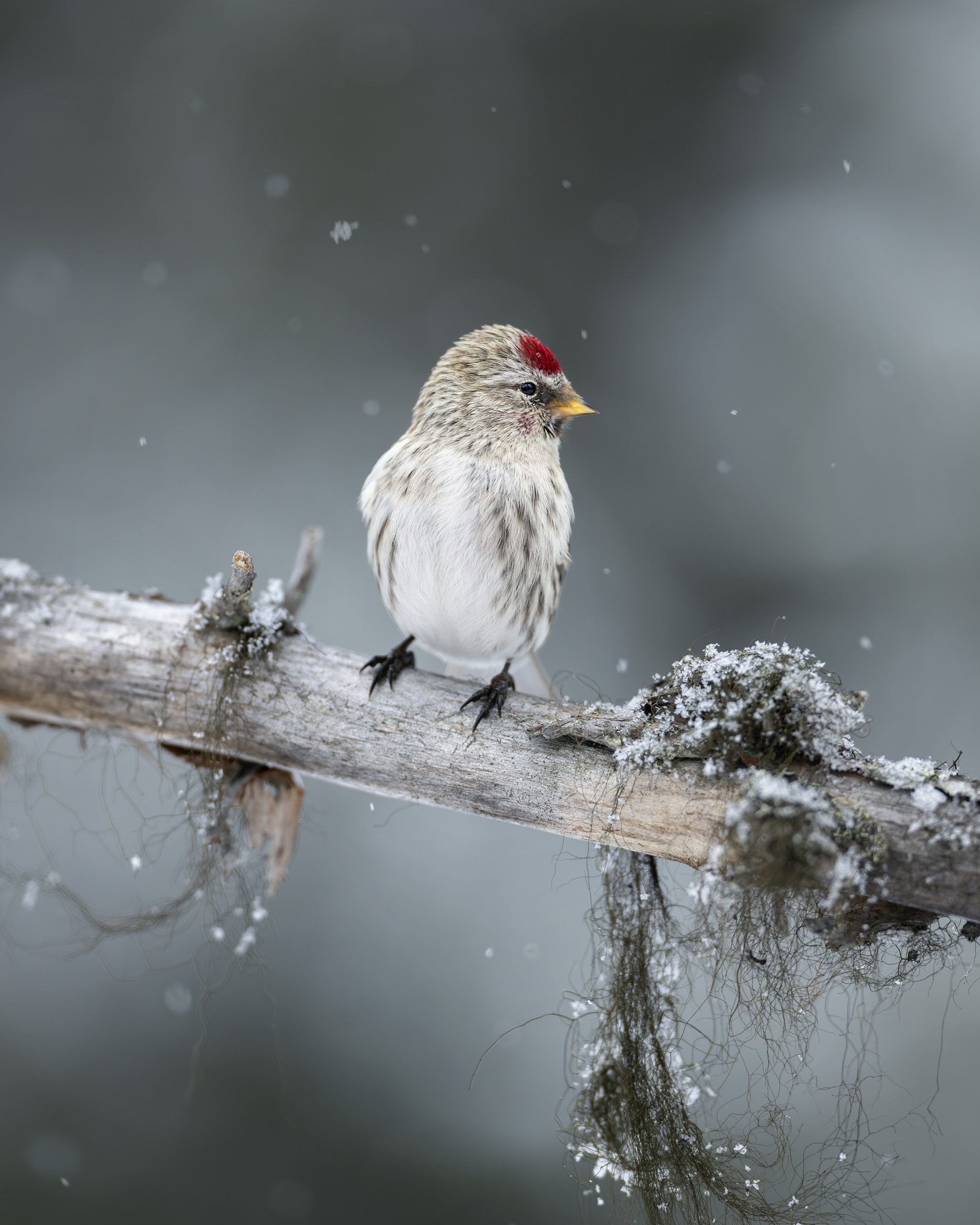
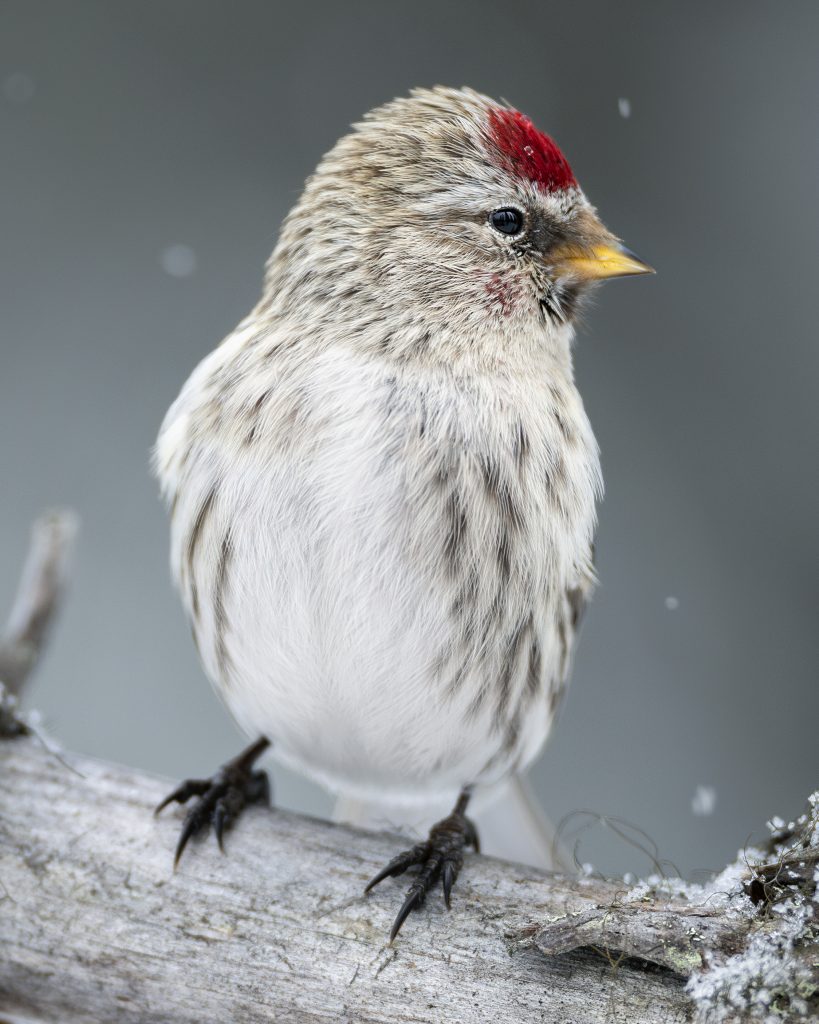
This is not a simple question, there are several ways to look at it and several different factors to consider. To begin with, I would immediately want to step away from the choice of focal length and instead emphasize the choice of aperture, why? Well, there are several reasons.
Today’s cameras are getting better and better sensors, and there is also a trend towards increasingly high-resolution cameras. Even a camera that is not in the top segment today is starting to have high resolution. And if you think about the factors that play into getting a good picture of an animal, it’s most fundamental to have the right shutter speed, the right aperture choice, and the right ISO number. The best compromise between these three factors will give you the best result in terms of image quality. Then the choice of focal length plays a big role since animals, especially wild animals, are often photographed at long distances. But there are two different paths to take, two different mindsets.
If we step back in time a bit, with the slightly older camera models, it was important to have optics with a long focal length. You needed optics that gave you enough reach to be able to photograph the animal in the way you wished. And indeed, to some extent, this is still the case today; longer focal lengths are always preferred. But here comes the important point that I really want to emphasize: the choice of focal length must not come at the expense of the aperture. This is a mindset I have had for a long time, and it is becoming more and more apparent to me that, in my opinion, it is the right way to think, especially with today’s cameras. Let me explain….
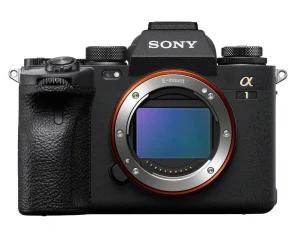
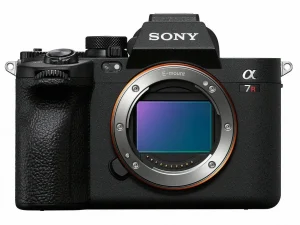
Example of two I my opinion brilliant high-resolution cameras that offer endless possibilities for wildlife photography.
There are quite a few different optics today that are well-suited for photographing wild animals. Some are zoom lenses, and some are prime lenses. Zoom lenses are very useful and usually take you up to focal lengths around 400-600mm for a relatively reasonable price. Prime lenses, on the other hand, are considerably more expensive, especially if you want a lens with a large aperture; we’re talking about roughly 3-6 times the money. So, once again, the choice of optics is all about a compromise, and this compromise will directly affect how we can influence the compromise between shutter speed, aperture, and ISO at the time of shooting, which in turn affects image quality.
Telephoto zoom lenses generally always have a considerably smaller aperture than prime lenses; a typical telephoto zoom with a range of 150-600, 200-600 or 100-400 usually has an aperture of f/5.6 or f/6.3 at the longest focal length, while the equivalent prime lenses are available with apertures of f/2.8 or f/4.
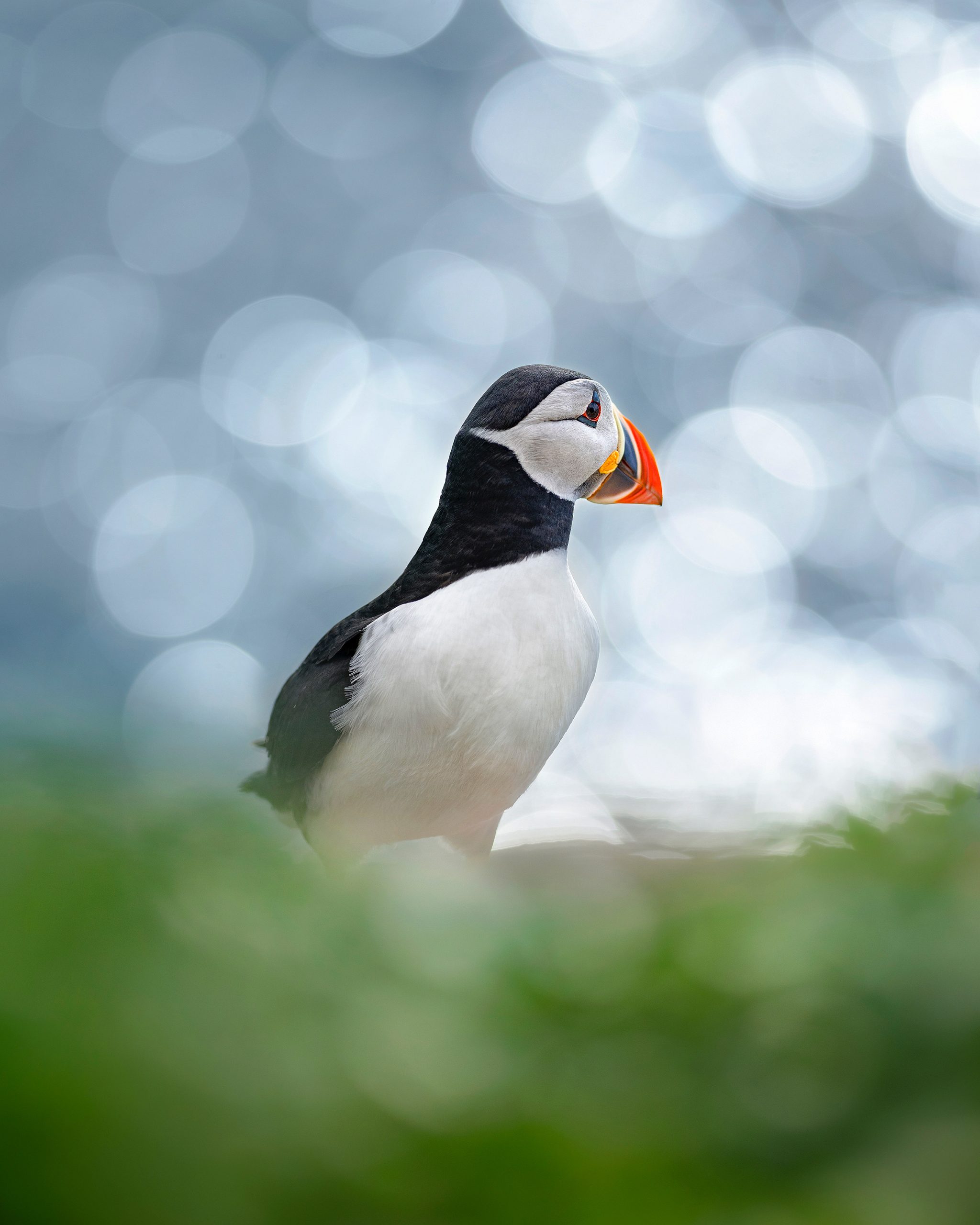
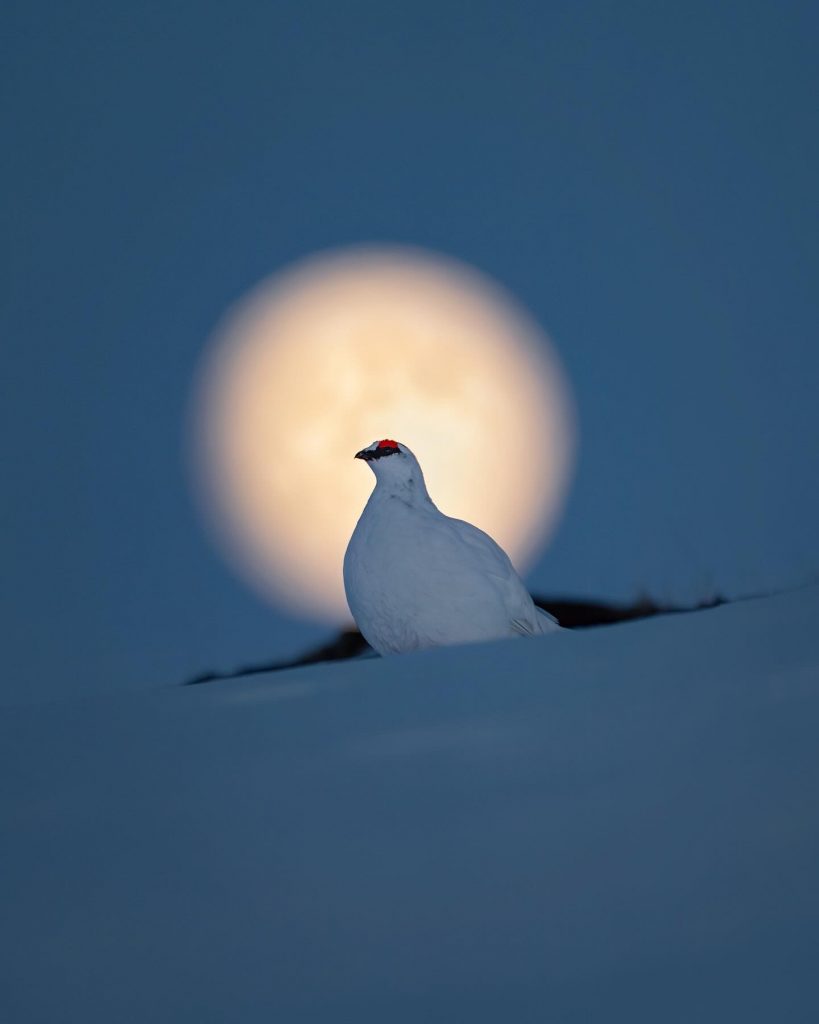
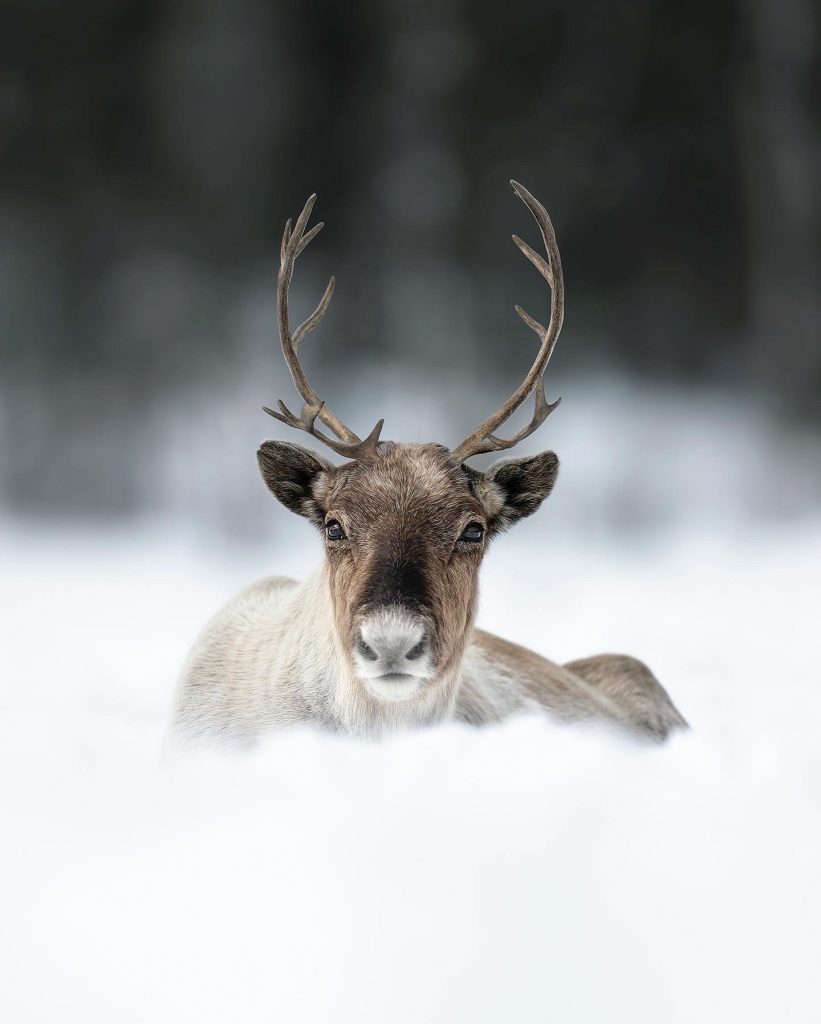
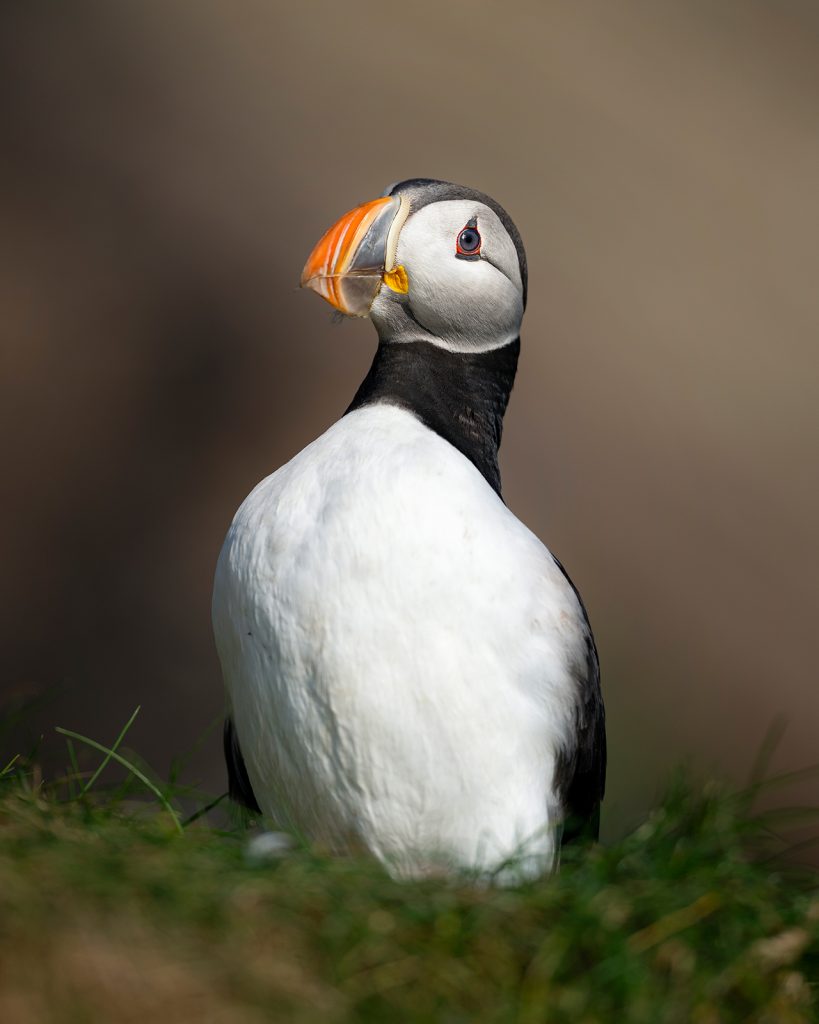
So if we are now trying to put together all the puzzle pieces to form an opinion on which optics to get, I want us to let go of the thought “what focal length do I need” and instead focus 100% on thinking “what aperture do I need.” And then the first question is, what am I going to photograph? Is it a fast-moving animal? Is it an animal that is only active at dawn and dusk when the light is a bit poorer? Well then, we need as large an aperture as possible. This is to avoid having to resort to too long shutter speeds, risking motion blur, and to avoid having to resort to too high ISO numbers due to poor lighting conditions resulting in grainy images where details and sharpness are lost. So the most important thing is to always think about what aperture you need for the purpose. With slightly older cameras, you had to get the reach with the optics because there were not so many opportunities to influence and compensate for a too short focal length in post-processing, but with today’s cameras, it’s completely different. If you choose optics with the right aperture, but the budget you have to adhere to does not allow for the focal length you really wished for, as long optics with a large aperture are very expensive, you will still in most cases be able to achieve a significantly better compromise than if you choose optics based on focal length and at the expense of the aperture.
If we play with the idea that you have need for optics with an aperture of f/2.8 or f/4 and you have a budget to go up to about 300mm, then thanks to the choice of aperture, you will be able to ensure that you can have as correct a shutter speed as possible; the risk of motion blur becomes minimal. You will also be able to manage with as low ISO numbers as possible. If you then have a picture where the sharpness is spot-on, the image quality with detail, contrast, and color depth is perfect, well then it is very easy to then crop the image to compensate for the potentially slightly short focal length. With today’s cameras, you can crop to the equivalent of 400, 500, or in some cases even 600mm and still have a perfect result, and you will also be able to use your image for, for example, making prints, even larger ones.
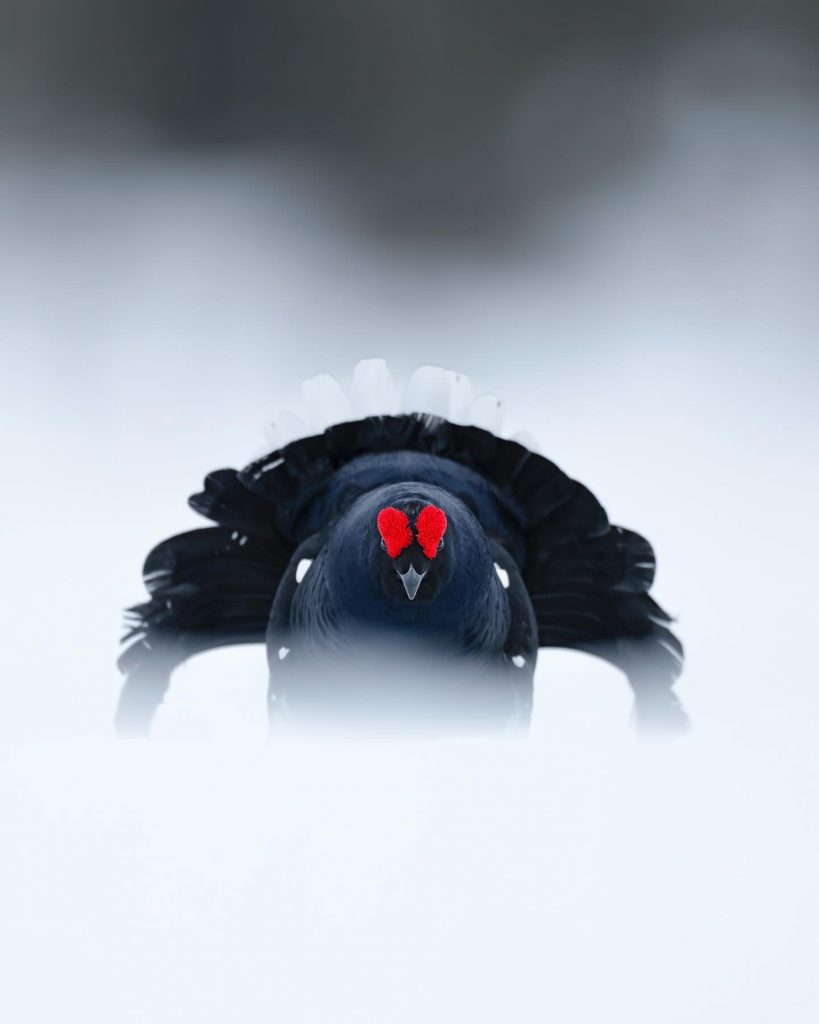
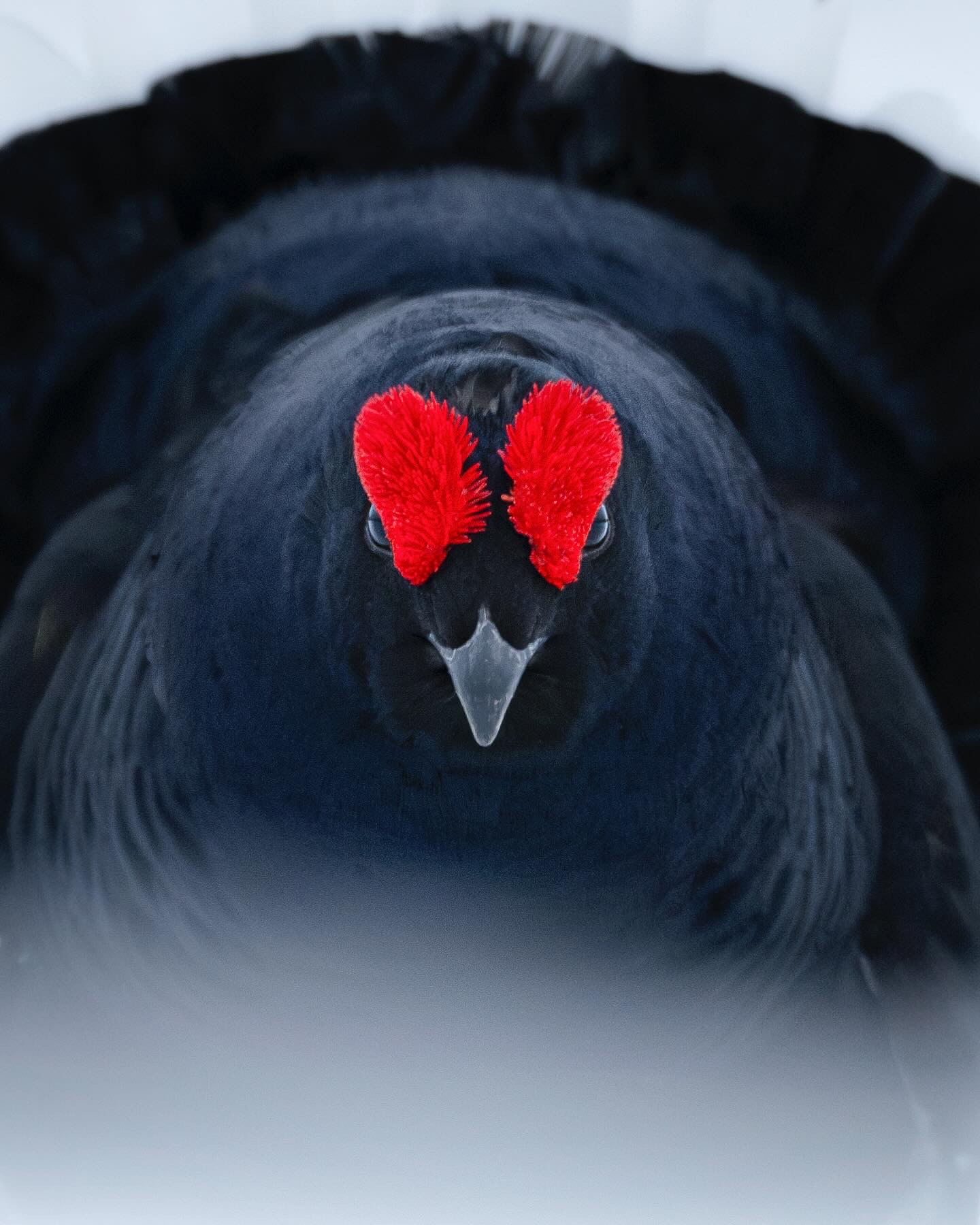
The photo above was taken with Sony A1 + Sony FE 300/f2.8 GM and cropped to correspond to a very long focal length. Thanks to the large aperture that allowed for the correct shutter speed for the bird in motion without forcing us to use extremely high ISO levels, even though this was shot before sunrise in dim light, the image quality is good enough that there are no issues with cropping the image significantly without losing a noticeable amount of quality.
If we then turn it around, if you have optics that take you all the way to 600mm, but you have a slight motion blur due to a slightly too long shutter speed, you have significantly fewer images where the sharpness is spot-on, you have quite a bit of noise because you have had to compensate for a too small aperture with ISO numbers, well then it is a small consolation that you at least reached all the way. You will by no means be able to achieve as good a final product with such raw material. While a raw file with perfect image quality gives you enormous opportunities in post-processing.
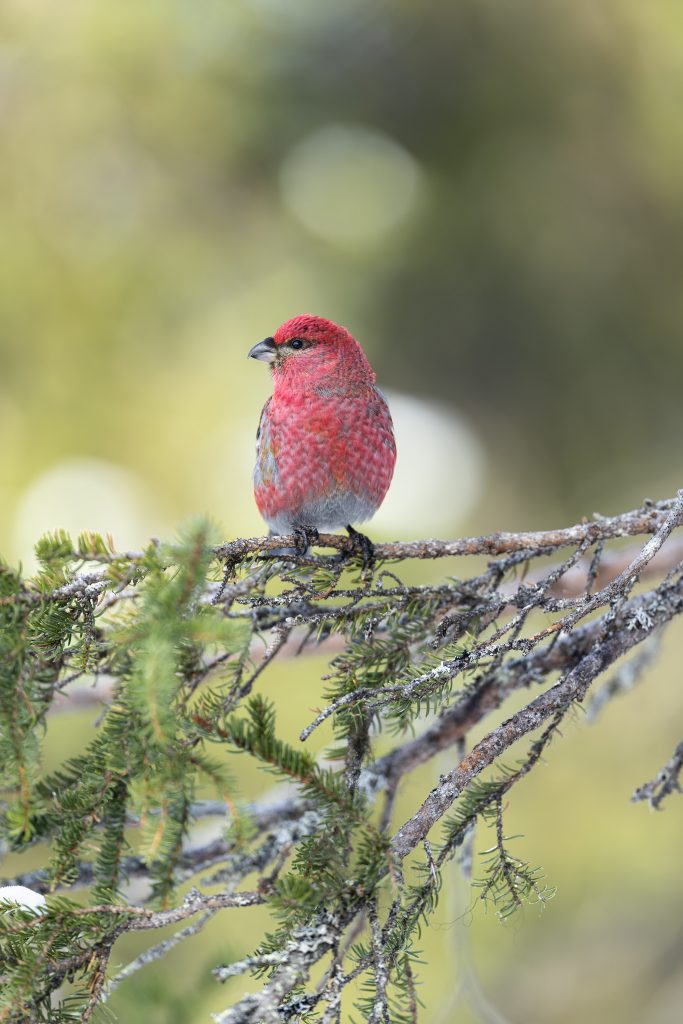
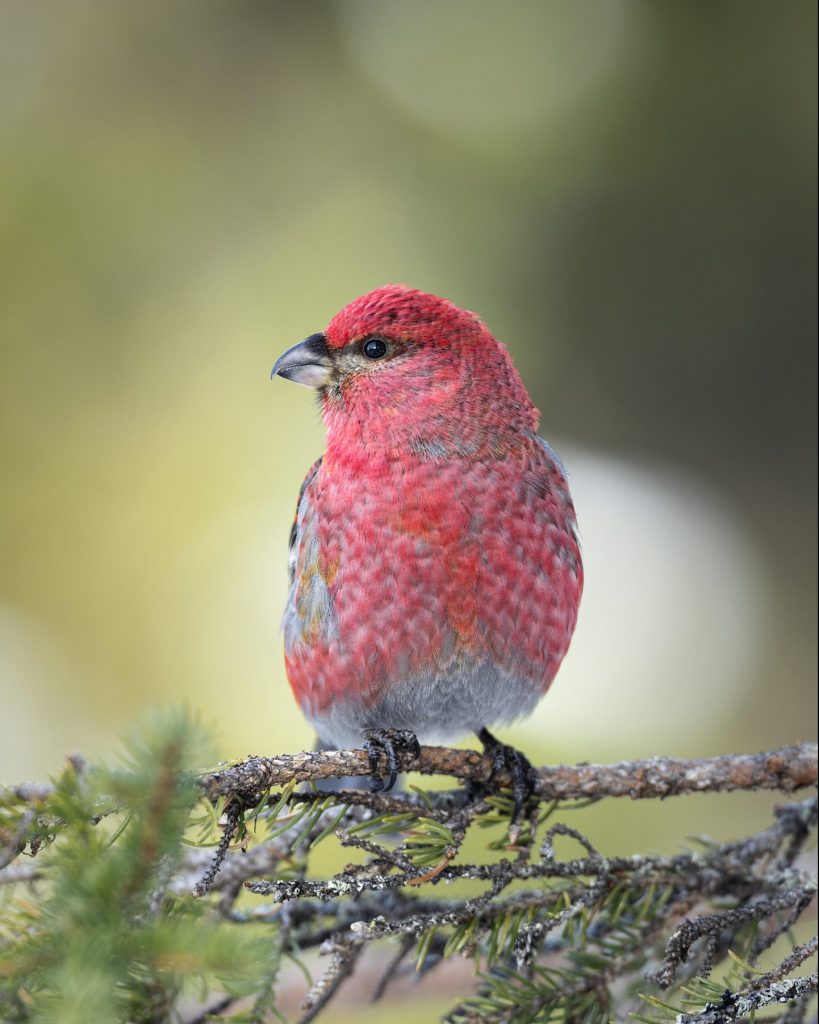
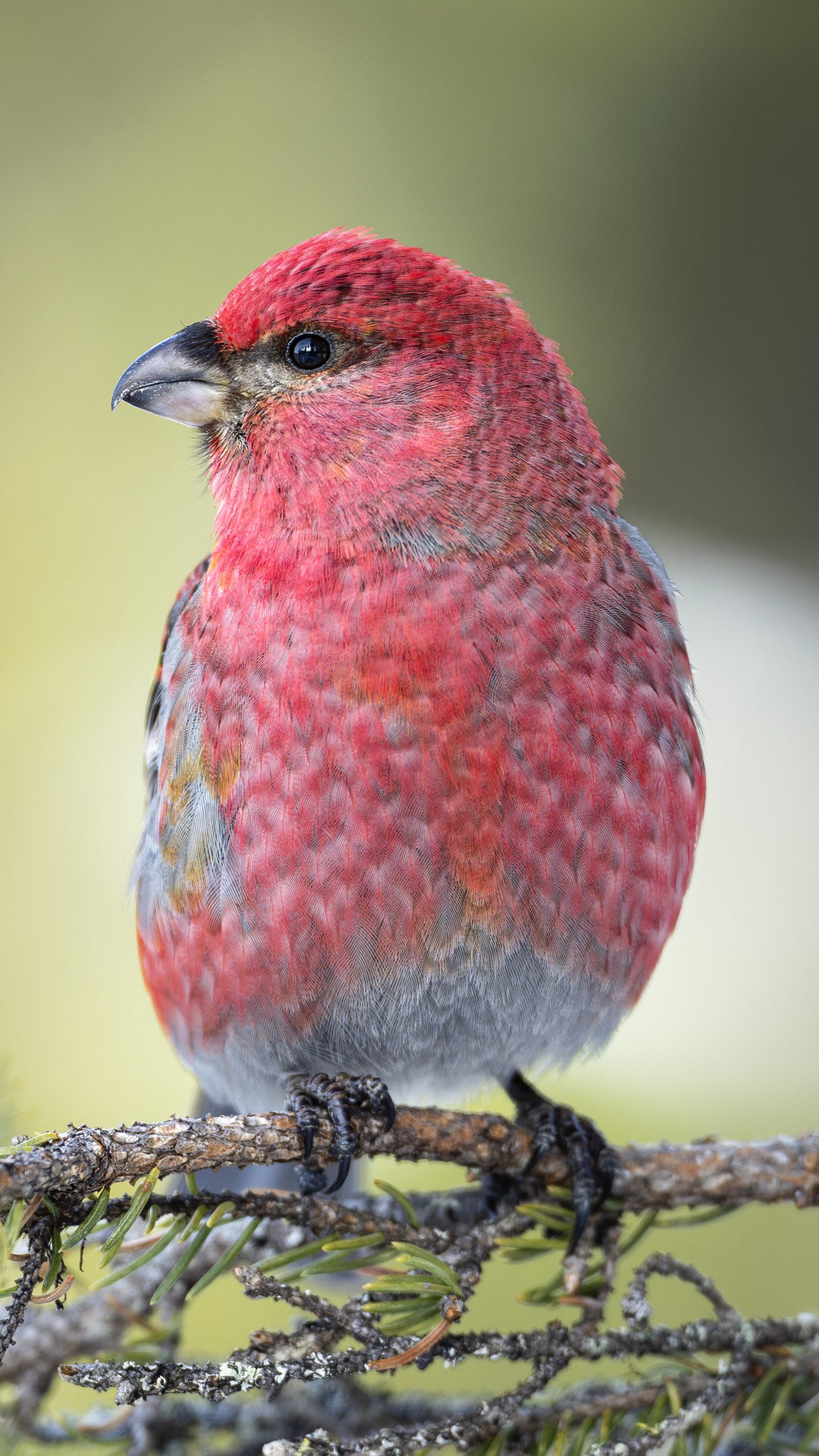
The photo above was taken with Sony A1 + Sony FE 300/f2.8 GM and cropped to correspond to a very long focal length. And still very good image quality, making it fully possible to scale up for relatively large prints without significant quality loss, thanks to the high quality.
So always think, what aperture is needed for the purpose? Are you going to shoot in poor lighting conditions, fast moving animals, etc.? Then I would rather choose optics with the right aperture at the expense of the focal length than vice versa. If you mostly shoot in the middle of the day in very good light, animals that are not so fast in their movements, well then a lens with a longer focal length may be the right choice even if it means a smaller aperture, but think about it, don’t fool yourself and only trying to reach the longest possible focal length, cause that’s not always the best way to go.
And then it’s of course also depends on what camera body you have. If you have a camera with a slightly lower resolution and you need the full resolution you have to use your images for what you intended, then focal length becomes important. If you want a long focal length while also having a large aperture, as previously mentioned, the price tag can be substantial. However, if you mostly shoot in good lighting conditions, a good telephoto zoom like a classical 200-600mm with an aperture of 6.3 will still give you incredibly good images.
But if you have a high-resolution camera, don’t get too fixated on focal length; instead, focus on the aperture. If your budget doesn’t allow for a 400mm or 600mm prime lens with a large aperture, it’s better to opt for a shorter focal length to get a larger aperture rather than jumping on a telephoto zoom for get the reach, especially if you’re shooting in poor lighting conditions. It’s also worth remembering that most prime lenses today work very well with a 1.4x teleconverter. And if we’re talking about a high-resolution camera body with the ability to crop significantly and combine it with a 1.4x extender, then focal lengths like 200mm and 300mm take on a whole new meaning.
For example, a 300mm lens with an 2.8 aperture on a high resolution full frame camera can give you the equivalent of both 420mm and 630mm with aperture 2.8 and 4 when using a 1.4x extender and shooting in APS-C mode. That’s really versatile.
So my final tip, in short: A high-resolution camera combined with a large aperture is a winning concept, even if the large aperture means you get a slightly shorter focal length for budget reasons.
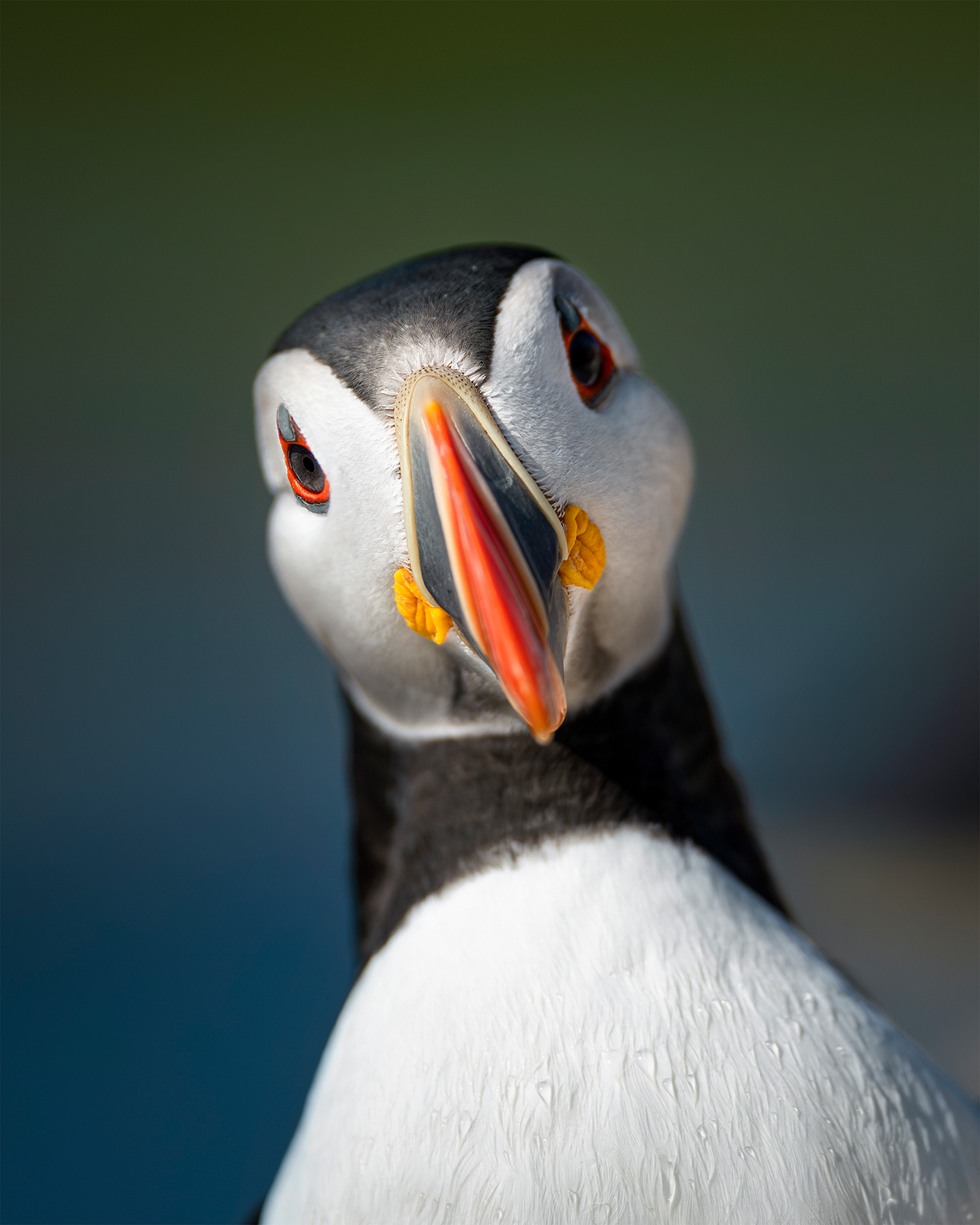
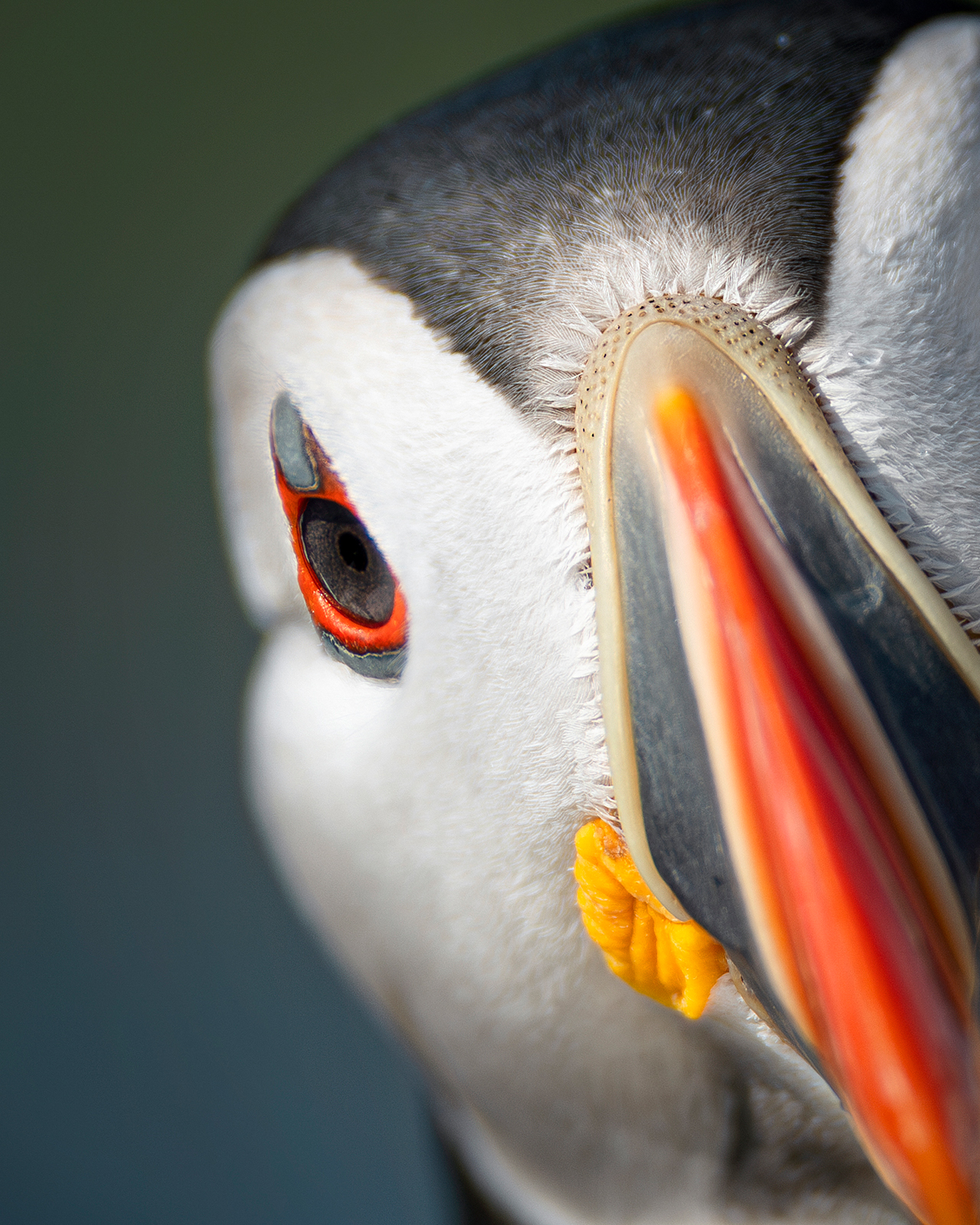
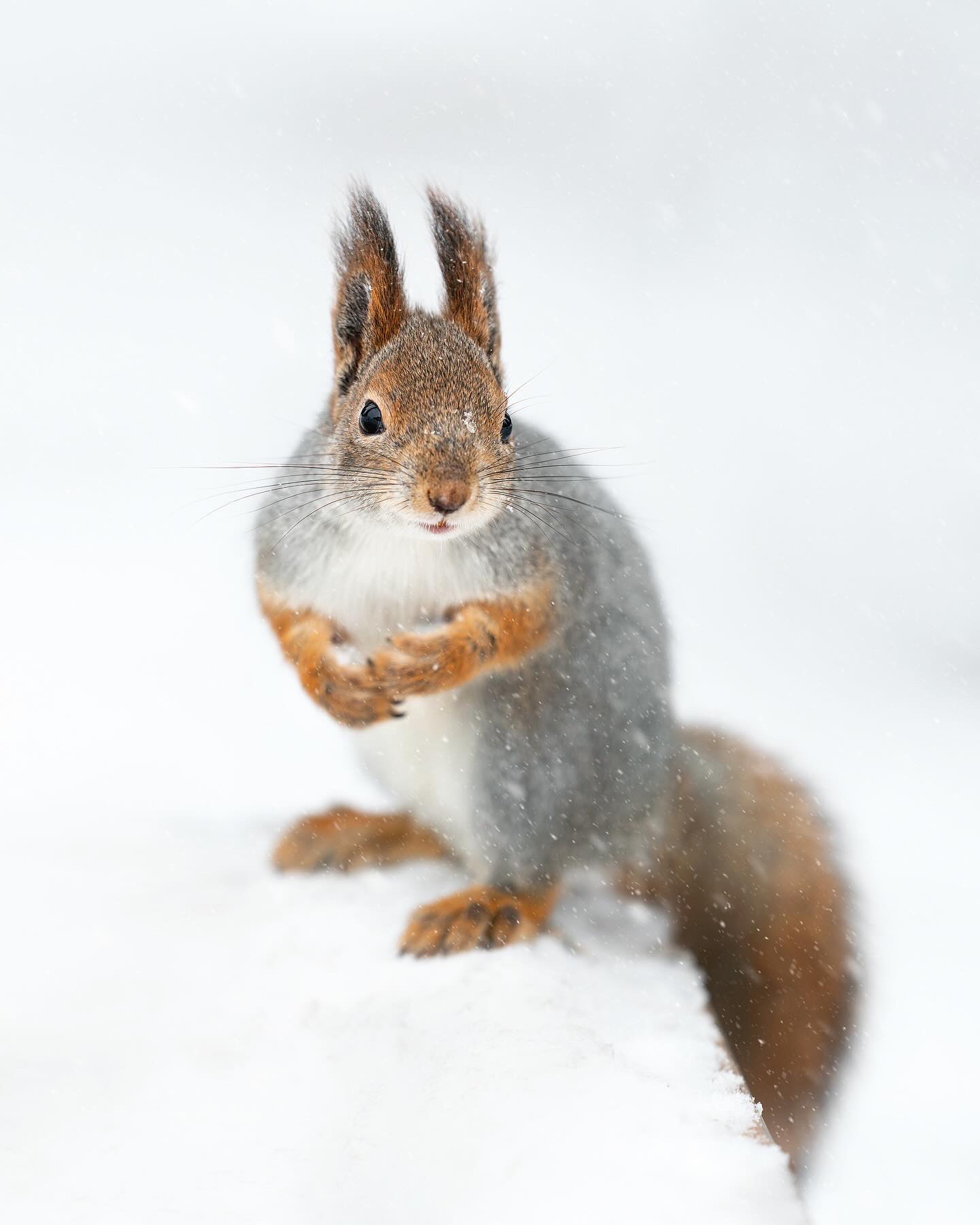
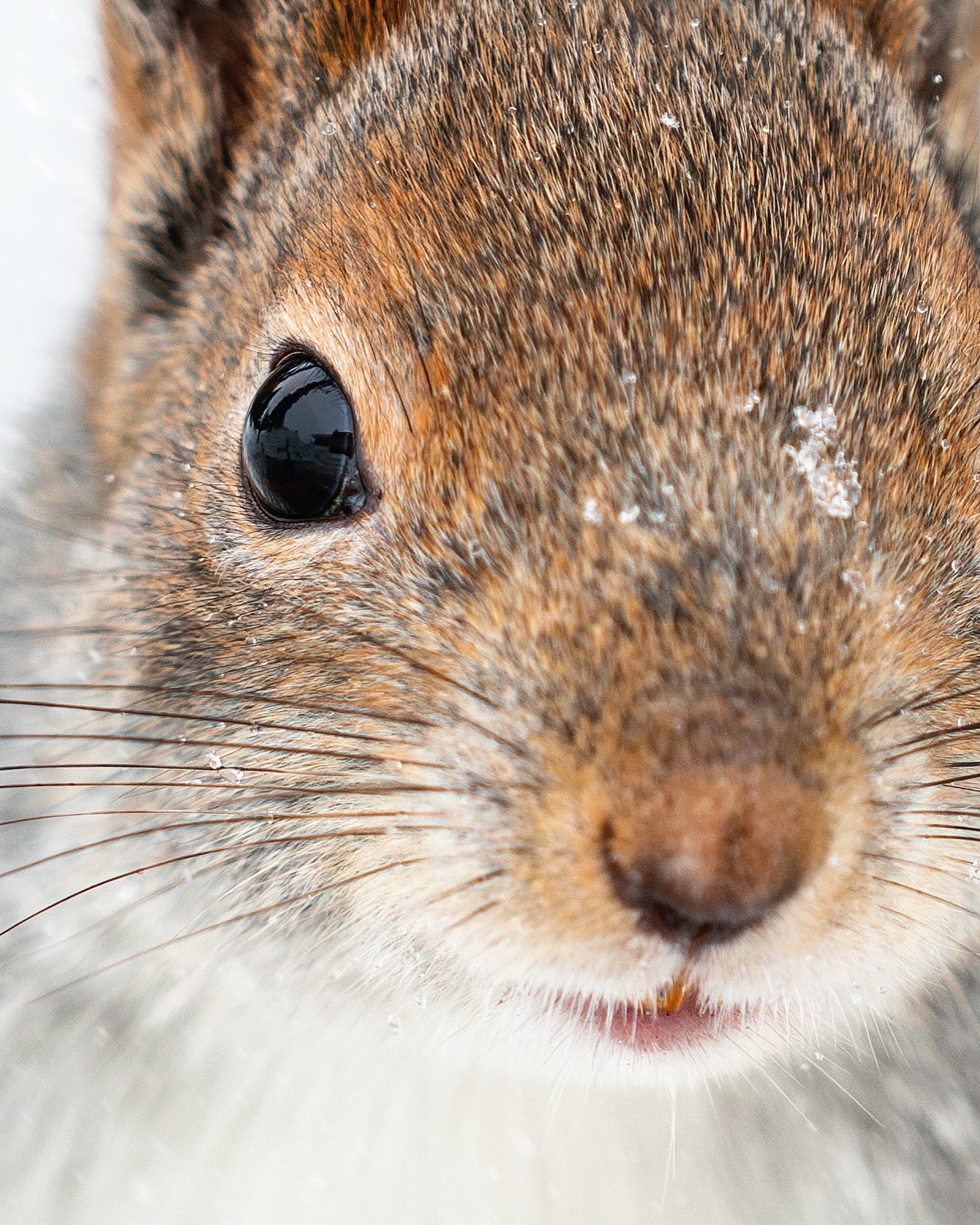
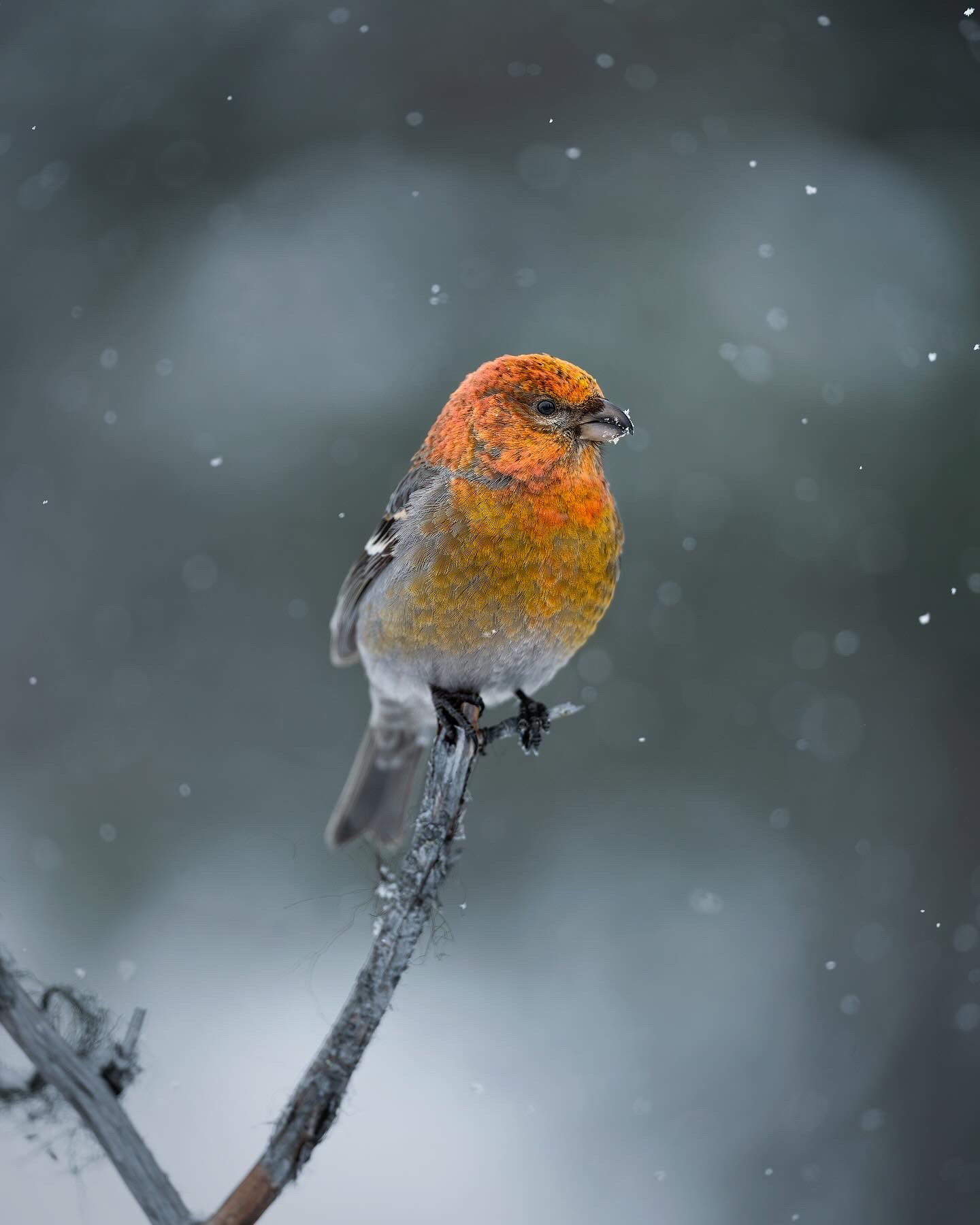
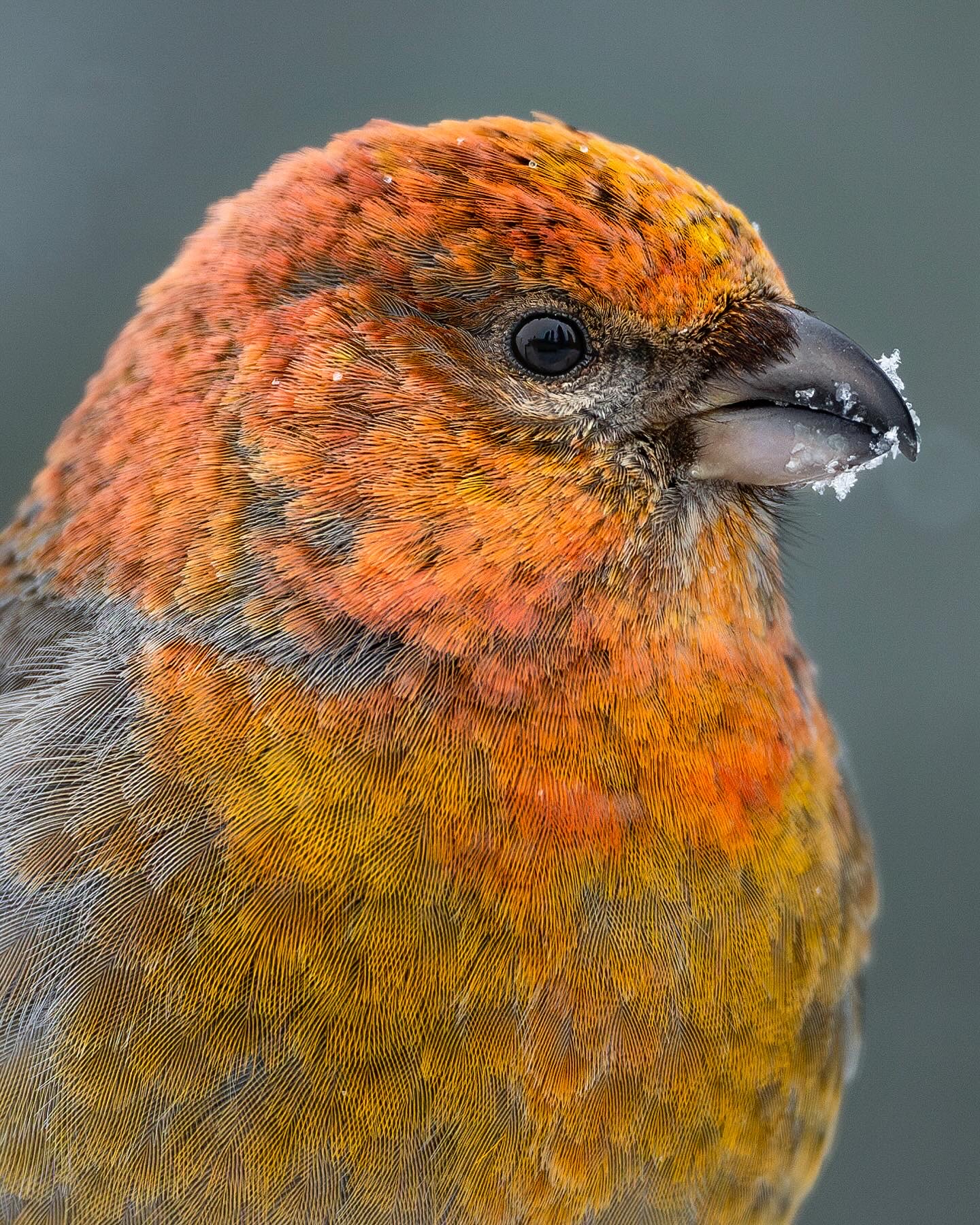
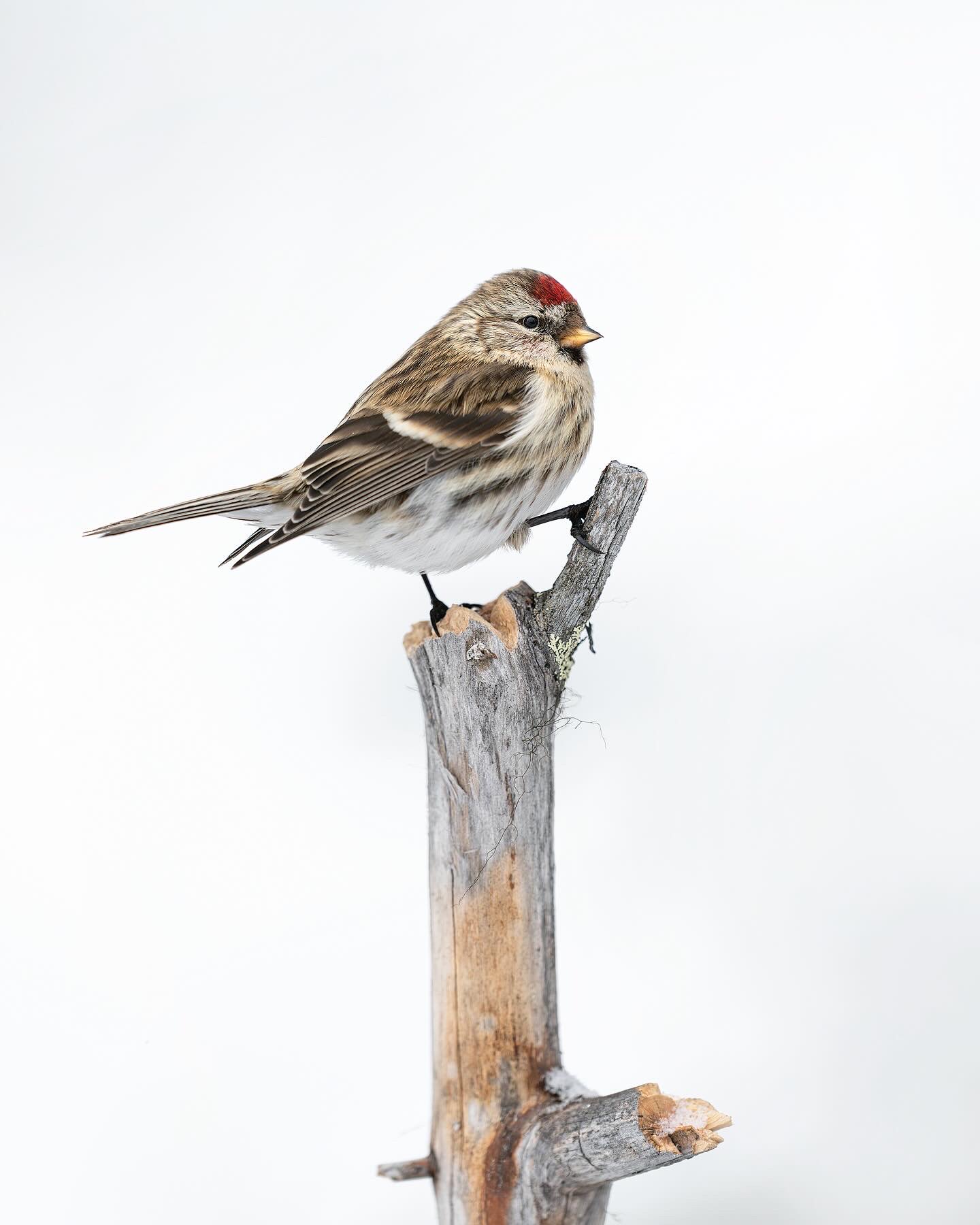
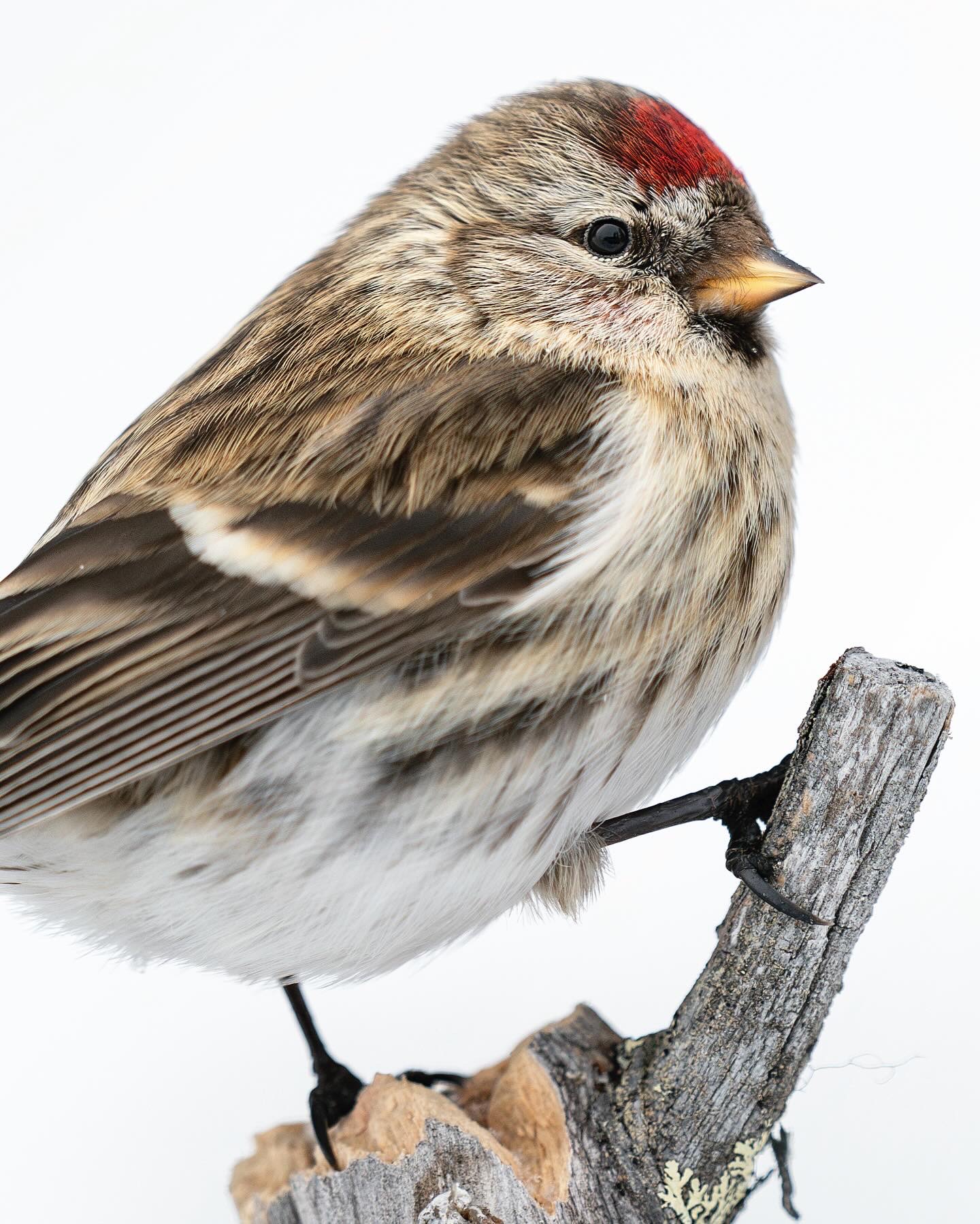
Brännvidd och optik för djurliv

Vilken brännvidd och vilken optik skall jag köpa för att fota vilda djur? vilken är bäst? Det är en av de absolut vanligaste frågorna jag får, så jag tänkte här försöka förklara lite hur jag tänker kring detta och på så sätt hoppas jag att jag kan hjälpa och vägleda er i valet av optik.


Det här är inte en enkel fråga, det finns flera sätt att se på saken och flera olika faktorer man måste ta hänsyn till. Till att börja med hade jag direkt velat ta ett kliv bort från val av brännvidd och istället vela belysa valet av bländare, varför? jo, det finns flera anledningar.
Today’s cameras are getting better and better sensors, and there is also a trend towards increasingly high-resolution cameras. Even a camera that is not in the top segment today is starting to have high resolution. And if you think about the factors that play into getting a good picture of an animal, it’s most fundamental to have the right shutter speed, the right aperture choice, and the right ISO number. The best compromise between these three factors will give you the best result in terms of image quality. Then the choice of focal length plays a big role since animals, especially wild animals, are often photographed at long distances. But there are two different paths to take, two different mindsets.
Om man backar tiden lite så var det med de lite äldre kameramodellerna viktigt att ha en optik med en lång brännvidd. Du var tvungen att ha en optik som ger dig nog mycket räckvidd för att kunna fota djuret på de sätt du önskar. Och vist, så är det till vis del även idag, längre brännvidd är alltid att föredra. Men här kommer det viktiga som jag verkligen vill betona, valet av brännvidd får inte ske på bekostnad av bländaren. De tankesättet har jag länge haft och det blir mer och mer påtagligt att det i min menig är det rätta tänket, speciellt med dagens kameror. Låt mig förklara….


Example of two I my opinion brilliant high-resolution cameras that offer endless possibilities for wildlife photography.
Det finns en helt del olika optik idag som lämpar sig väl för fotografering av vilda djur. Några är zoom objektiv och några är optik med fast brännvidd. Zoom objektiv är väldigt användbara och tar dig oftast upp på brännvidder omkring 400-600mm för en oftast för ändamålet ändå relativt ok prislapp. Fasta optik däremot är betydligt dyrare, speciellt om man vill ha en optik med stor bländare, vi pratar om ca 4-6ggr pengarna. Så åter igen handlar allt valet av optik om en kompromiss, och denna kompromiss kommer direkt påverka hur vi vid fototillfället kommer kunna påverka kompromissen mellan slutartid, bländare och iso som i sin tur påverkar bildkvalitén.
Telezoomar har generellt sett alltid en betydligt mindre bländare än fasta optik, en typisk telezoom som har omfånget 150-600 eller 100-400 har oftast en bländare på f5,6 eller f6,3 på längsta brännvidd medans motsvarande fasta optik finns att få med bländare på f2.8 eller f4.




Så om vi nu försöker sammanfoga alla pusselbitar för att bilda en uppfattning om vilken optik vi ska välja, vill jag att vi släpper tanken på “vilken brännvidd behöver jag” och istället fokuserar 100 % på att tänka “vilken bländare behöver jag.” Och då är den första frågan: Vad ska jag fotografera? Är det ett snabbt rörligt djur? Är det ett djur som bara är aktivt i gryningen och skymningen när ljuset är sämre? Ja, då behöver vi så stor bländare som möjligt. Detta för att undvika att behöva använda för långa slutartider och riskera rörelseoskärpa, och för att undvika att behöva använda för höga ISO-tal på grund av dåliga ljusförhållanden, vilket resulterar i gryniga bilder där detaljer och skärpa går förlorade. Så det viktigaste är att alltid tänka på vilken bländare du behöver för ändamålet. Med lite äldre kameror var du tvungen att få räckvidden med optiken eftersom det inte fanns så många möjligheter att påverka och kompensera för en för kort brännvidd i efterbearbetningen, men med dagens kameror är det helt annorlunda. Om du väljer optik med rätt bländare, men den budget du måste hålla dig till inte tillåter den brännvidd du verkligen önskar, eftersom lång optik med stor bländare är mycket dyr, kommer du fortfarande i de flesta fall att kunna uppnå en betydligt bättre kompromiss än om du väljer optik baserat på brännvidd och på bekostnad av bländaren.
Om vi leker med tanken att du har en optik med bländare f2.8 eller f4 och du har budget för att ta dig upp till ca 300mm så kommer du tack vare bländarvalet kunna säkerställa att du kommer kunna ha en så korrekt slutartid som möjligt, risken för rörelseoskärpa blir minsta möjliga. Du kommer även klara dig på så låga iso tal som möjligt. Om du då har en bild vart skärpan sitter, bildkvalitén med detaljrikedom, kontrast och färgdjup är helt perfekt, ja då är det väldigt enkelt att sedan kunna beskära bilden för att kompensera för det då eventuellt lite för korta brännvidden. Du kommer med dagens kameror kunna beskära till motsvarande 400, 500 eller i vissa fall även 600mm och ändå ha ett perfekt resultat, och du kommer även kunna använda din bild för att tex göra utskrifter, även lite större sådana.


Fotot ovan togs med Sony A1 + Sony FE 300/f2.8 GM och är beskuret för att motsvara en mycket lång brännvidd. Tack vare den stora bländaren som möjliggjorde korrekt slutartid för fågeln i rörelse utan att vi behövde använda extremt höga ISO-tal, trots att detta fotograferades innan soluppgången i svagt ljus, är bildkvaliteten tillräckligt bra för att det inte är några problem att beskära bilden avsevärt utan att förlora märkbart mycket kvalitet.
Om vi då vänder på det, om du har en optik som tar dig hela vägen till 600mm, men du har lite lätt rörelseoskärpa pga en lite för lång slutartid, du har betydligt färre bilder där skärpan verkligen sitter, du har rätt mycket brus pga att du med iso tal fått kompensera för en för ändamålet för liten bländare, ja då är de en klen tröst att du åtminstone nådde hela vägen fram. Du kommer inte på långa vägar kunna få till en lika bra slutprodukt med ett sådant råmaterial. Medans en rå fil med perfekt bildkvalité ger dig enorma möjligheter i efterbearbetningen.



Fotot ovan togs med Sony A1 + Sony FE 300/f2.8 GM och är beskuret för att motsvara en mycket lång brännvidd. Bildkvaliteten är fortfarande mycket bra, vilket gör det fullt möjligt att förstora för relativt stora utskrifter utan betydande kvalitetsförlust, tack vare den höga kvaliteten.
Så tänk alltid, vilken bländare behövs för ändamålet? Kommer du fota i dåliga ljusförhållanden, djur som rör sig snabbt osv jag välj hellre en optik med rätt bländare på bekostnad av brännvidden än tvärtom. Fotar du mest mitt på dagen i väldigt bra ljus, djur som inte är så snabba i sina rörelser, ja då kan en optik med längre brännvidd vara det rätta valet även om de medför en mindre bländare, men tänk efter, lura inte dig själv i strävan om att försöka nå den längsta möjliga brännvidden.
Och sedan beror det naturligtvis också på vilket kamerahus du har. Om du har en kamera med något lägre upplösning och du behöver den fulla upplösningen för att kunna använda dina bilder till det du tänkt dig, då blir brännvidden viktig. Om du vill ha en lång brännvidd samtidigt som du har en stor bländare, kan priset, som nämnts tidigare, bli betydande. Men om du oftast fotograferar i bra ljusförhållanden, kommer en bra telezoom, som en klassisk 200-600mm med bländare 6.3, fortfarande att ge dig otroligt bra bilder.
Men om du har en högupplöst kamera, fastna inte för mycket vid brännvidden; fokusera istället på bländaren. Om din budget inte tillåter en 400mm eller 600mm prime-lins med stor bländare, är det bättre att välja en kortare brännvidd för att få en större bländare istället för att välja en telezoom för att få räckvidden, särskilt om du fotograferar i dåliga ljusförhållanden. Det är också värt att komma ihåg att de flesta prime-linser idag fungerar mycket bra med en 1,4x telekonverter. Och om vi pratar om ett högupplöst kamerahus med möjlighet att beskära kraftigt och kombinera det med en 1,4x extender, då får brännvidder som 200mm och 300mm en helt ny innebörd.
Till exempel kan en 300mm-lins med bländare 2.8 på en högupplöst fullformatskamera ge dig motsvarande både 420mm och 630mm med bländare 2.8 och 4 när du använder en 1,4x extender och fotograferar i APS-C-läge. Det är verkligen mångsidigt.
Så mitt slutgiltiga tips, kortfattat: En högupplöst kamera i kombination med en stor bländare är ett vinnande koncept, även om den stora bländaren innebär att du får en något kortare brännvidd av budgetskäl.








